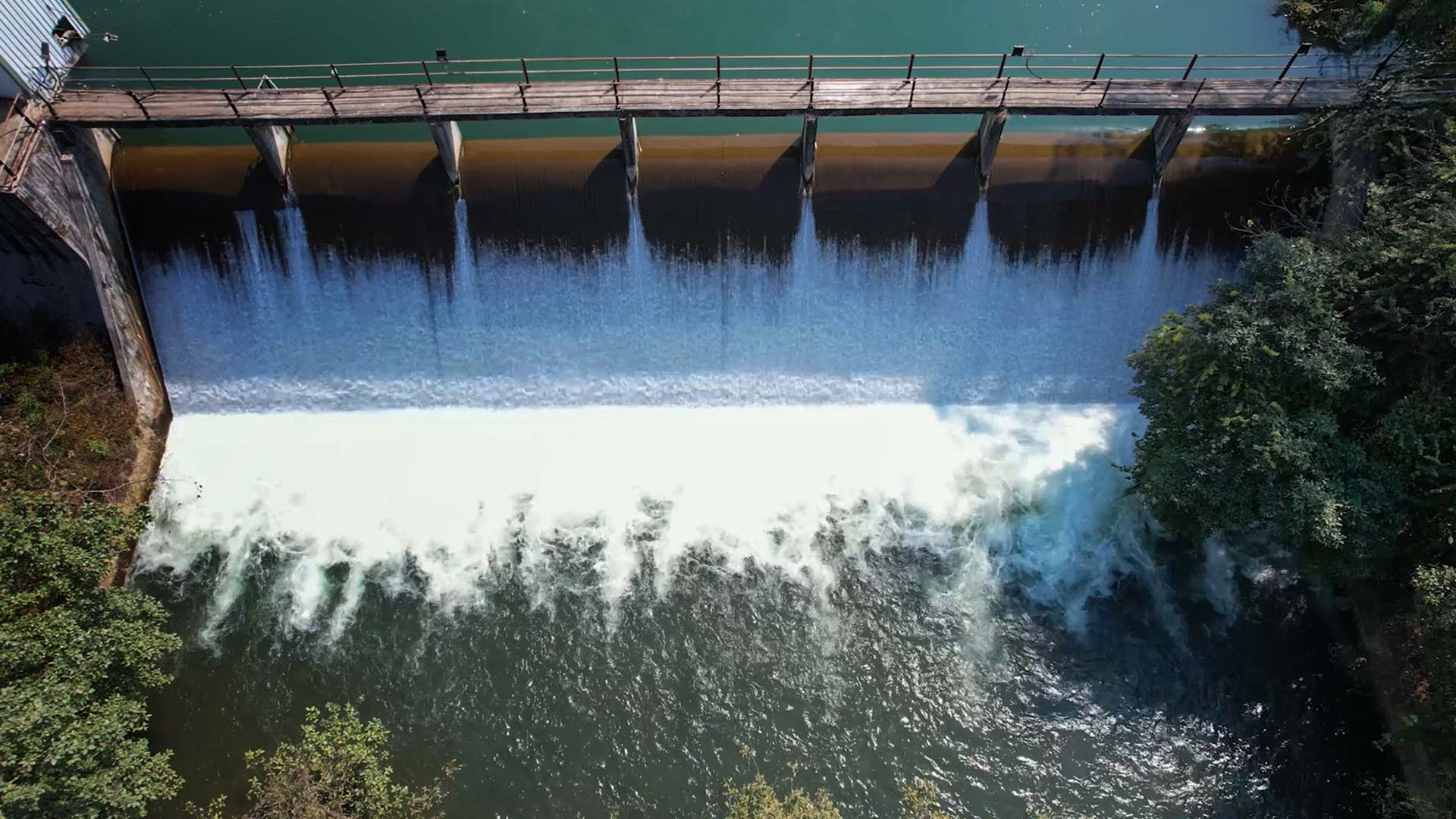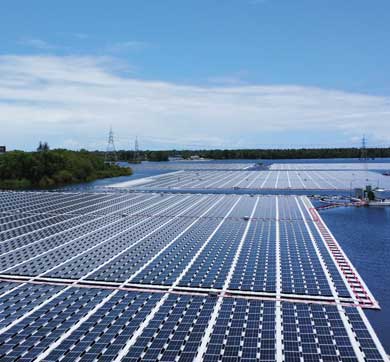April 2025 | 274 words | 2-min read
There’s no understating the comfort and convenience that comes with uninterrupted electricity. For over a century, Tata Power's Bhivpuri hydropower plant has been providing clean energy to Mumbai.
Situated in Raigad district near Mumbai, the construction of the Bhivpuri plant began in 1916 and was commissioned in 1922 with an initial capacity of 48 MW. Over the years, it has been upgraded to a total capacity of 75 MW, including a new 72 MW powerhouse with three units of 24 MW each, and a 3 MW tailrace powerhouse with two units of 1.5 MW each.
Nestled in the Konkan division of Maharashtra, the water released from Bhivpuri, along with the Khopoli and Bhira hydel plants, feeds into the Ulhas, Patalganga, and Kundalika rivers. This vital water source has fuelled industrialisation and irrigation development in downstream areas like Karjat, Ambernath, Ulhasnagar, Thane, Badlapur, Mira-Bhayander, and Vasai.
Strategically positioned to stabilise Mumbai's power grid, Bhivpuri plays a crucial role in grid balancing and meeting peak power demands -- essential in a city with fluctuating energy consumption. The plant transmits power over transmission lines to Mumbai and is remotely operated from the Khopoli division. Its control systems have evolved to incorporate advanced automation technologies, enabling real-time monitoring of key performance indicators.
As a hydroelectric power station, Bhivpuri is not only helping reduce greenhouse gas emissions but also stands as a more environmentally friendly alternative to fossil-fuel-based plants.
In this edition of our #TataBTS series, we dive into the fascinating process of hydropower generation at Tata Power’s Bhivpuri plant.
- Anju Maskeri













